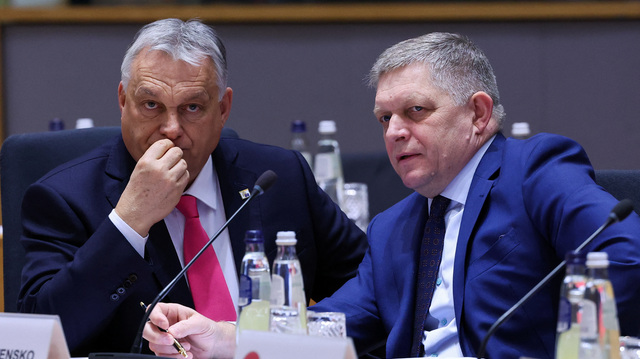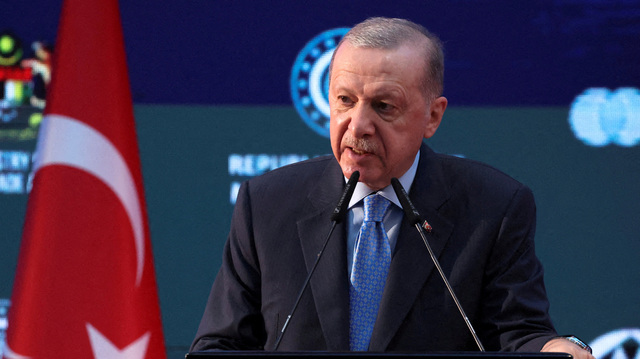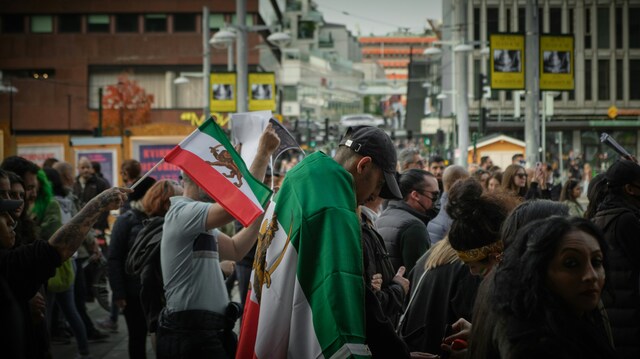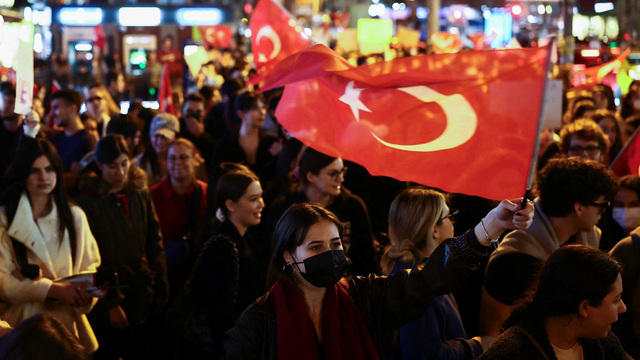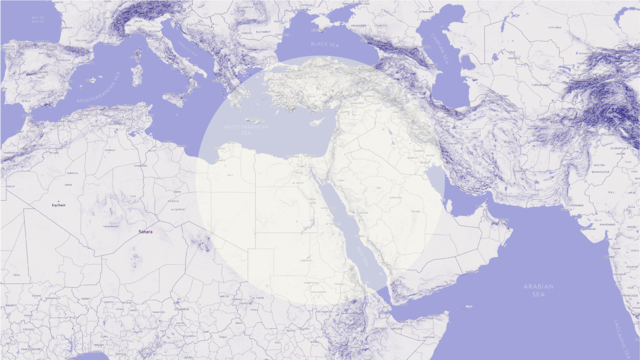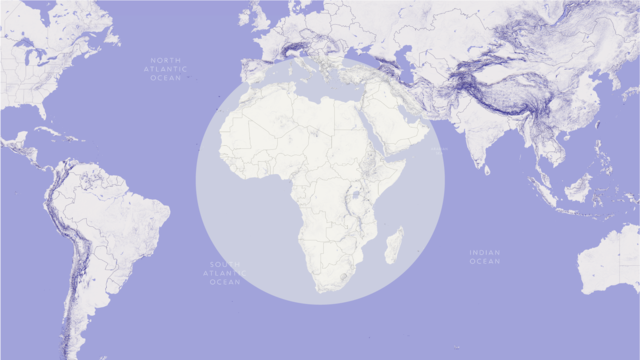Bridging the gap: The ‘revolutionary’ strategy of the Strong Egypt Party as a new attempt towards overcoming the secular/Islamist cleavage

In his article for Mediterranean Politics journal our researcher Clément Steuer and his collegue Sara Tonsy explore Egypt's ‘third way’ movement after the 2011 revolution, split between pragmatists in Mursī's administration and revolutionaries led by ‘Abd al-Mun‘im Abūl-Futūh.
The 2011 revolution provided the Egyptian ‘third way’ between Islamism and secularism with an opportunity to enter the political scene. Following the 2012 presidential election, this current was divided into a wasaty trend following a ‘possibilist’ strategy within the Mursī administration, and another trend gathered around the figure of ‘Abd al-Mun‘im Abūl-Futūh and following a ‘revolutionary’ strategy with the aim to overcome the secular/Islamist cleavage by mobilizing revolutionaries from both sides against the remnants of Mubārak’s regime. This article shows how the difference between these two trends – both born from the reformist wing of the Muslim Brotherhood – is rooted in a generational divide. While the wasaty leaders left the Islamist organization in the mid-1990s, when their project was about to enter official politics, the younger generation did so only after the departure of Mubārak, with the objective to pursue the ‘revolution’s goals’.
Find the full article under the link below.
